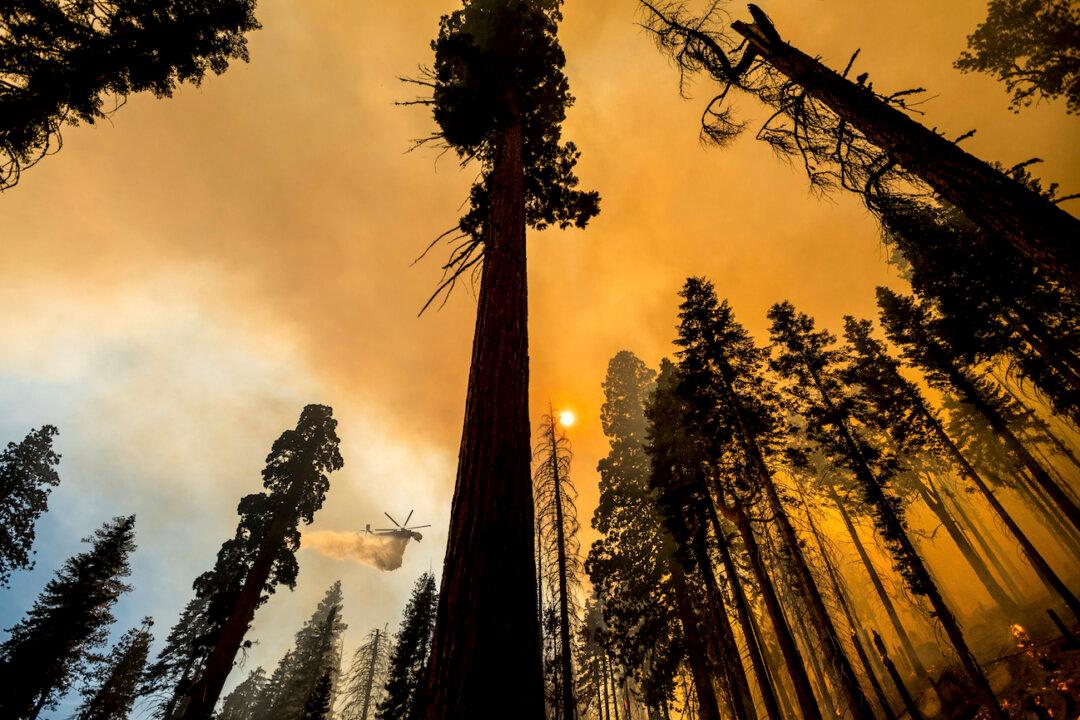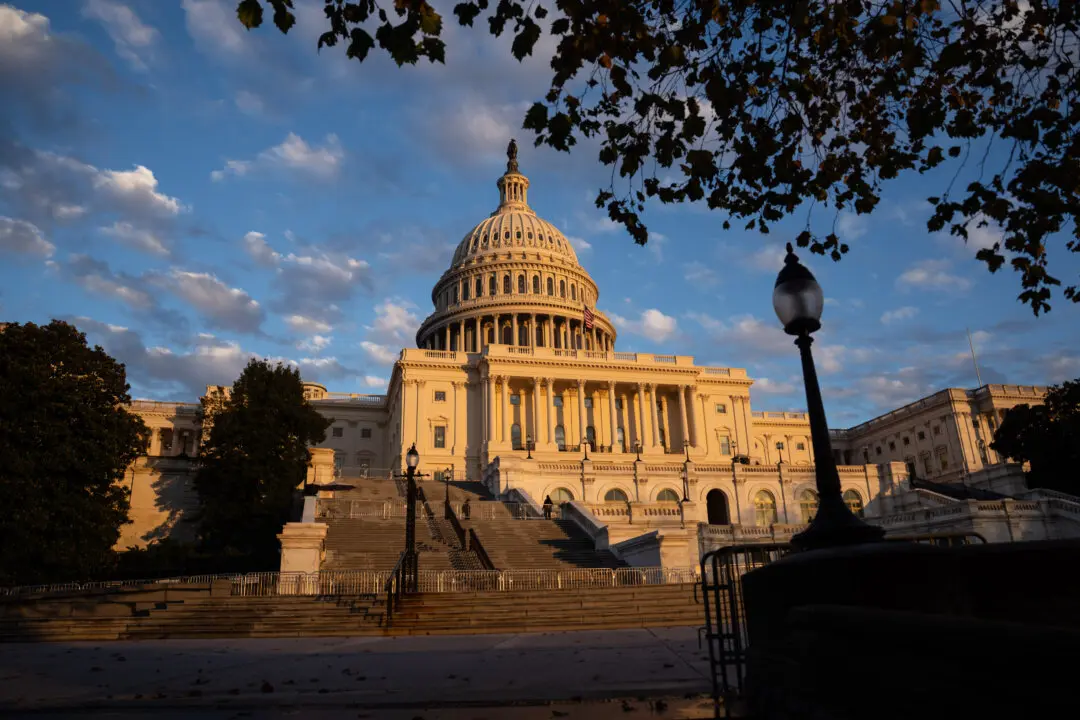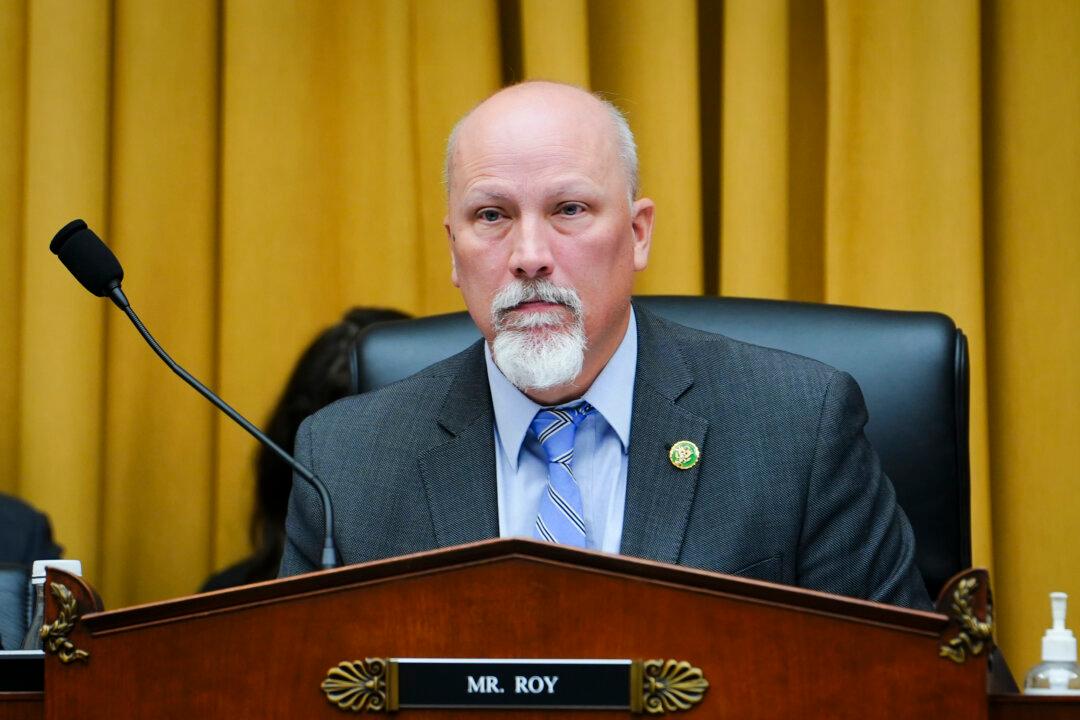Scientists studying forest density in the Sierra Nevada have found that trees there were scarcer but physically larger in 1911 than in 2011, meaning “resilient” forests might be remarkably thin by today’s standards.
“Our findings suggest forests need to be treated more intensively than is often done when just reducing fuels, particularly greater reductions in density,” Malcolm North, a professor at the University of California–Davis, and lead author of the study, told The Epoch Times in an email. He said the findings could be applicable to many forests across the Western United States.





